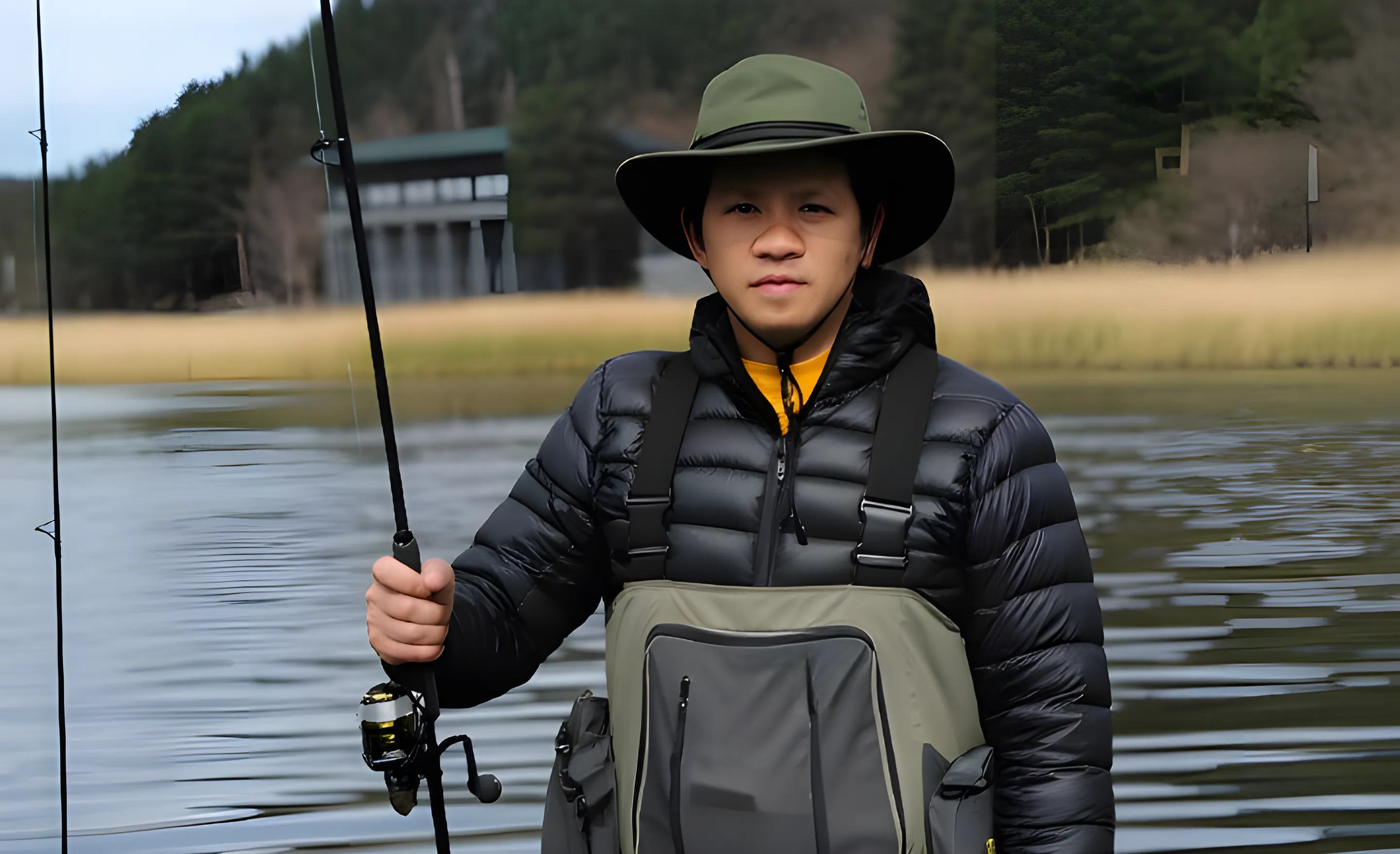The Ultimate Guide to the Mojo Rig: How to Tie, Fish, and Master It for More Bass
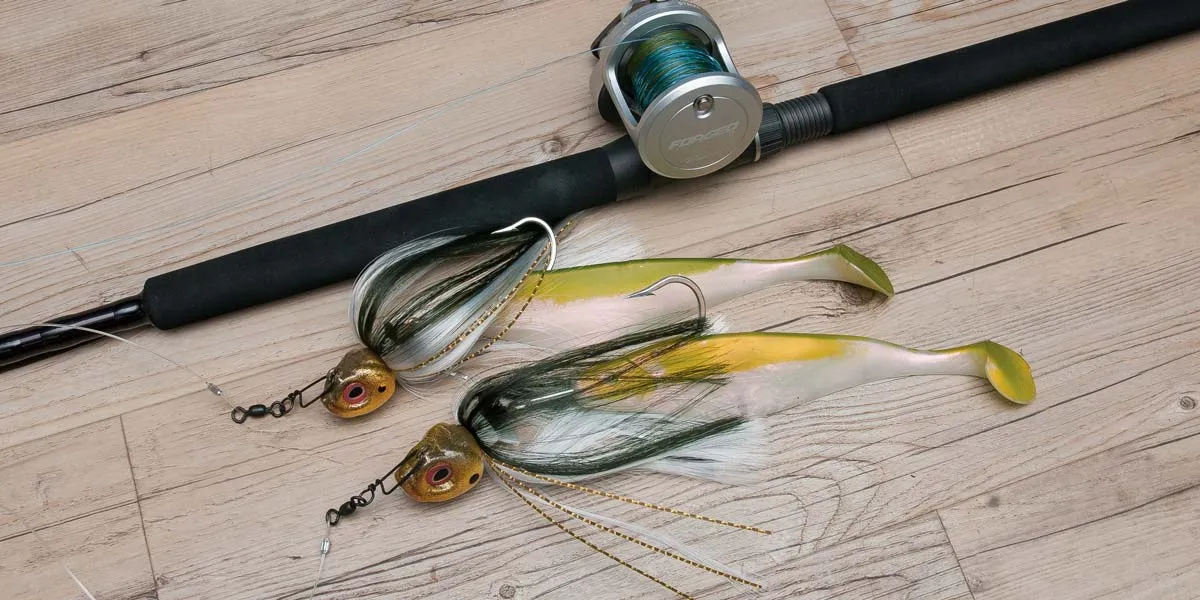
At riversiderelics.com, our mission is to cut through the noise and give you the fishing techniques that actually put more fish in the boat. That's why we've created this ultimate guide to the mojo rig—a subtle, yet incredibly powerful setup that can turn a tough day of fishing into a memorable one. Whether you're a seasoned pro or just looking to add a new finesse weapon to your arsenal, you'll find everything you need right here, from the precise rigging steps to the pro-level retrieval methods that trigger bites when nothing else will.
What Exactly is a Mojo Rig?
The Mojo rig is a finesse setup that separates the weight from the hook, but with a key difference: the weight is fixed on the line.
This allows your soft plastic bait to fall slowly and naturally behind the weight, creating a subtle presentation. It’s designed to be less intrusive than a Carolina rig and more versatile in open water than a Texas rig, making it a master of stealth and a key part of the collection of the best bass fishing rigs an angler can have.
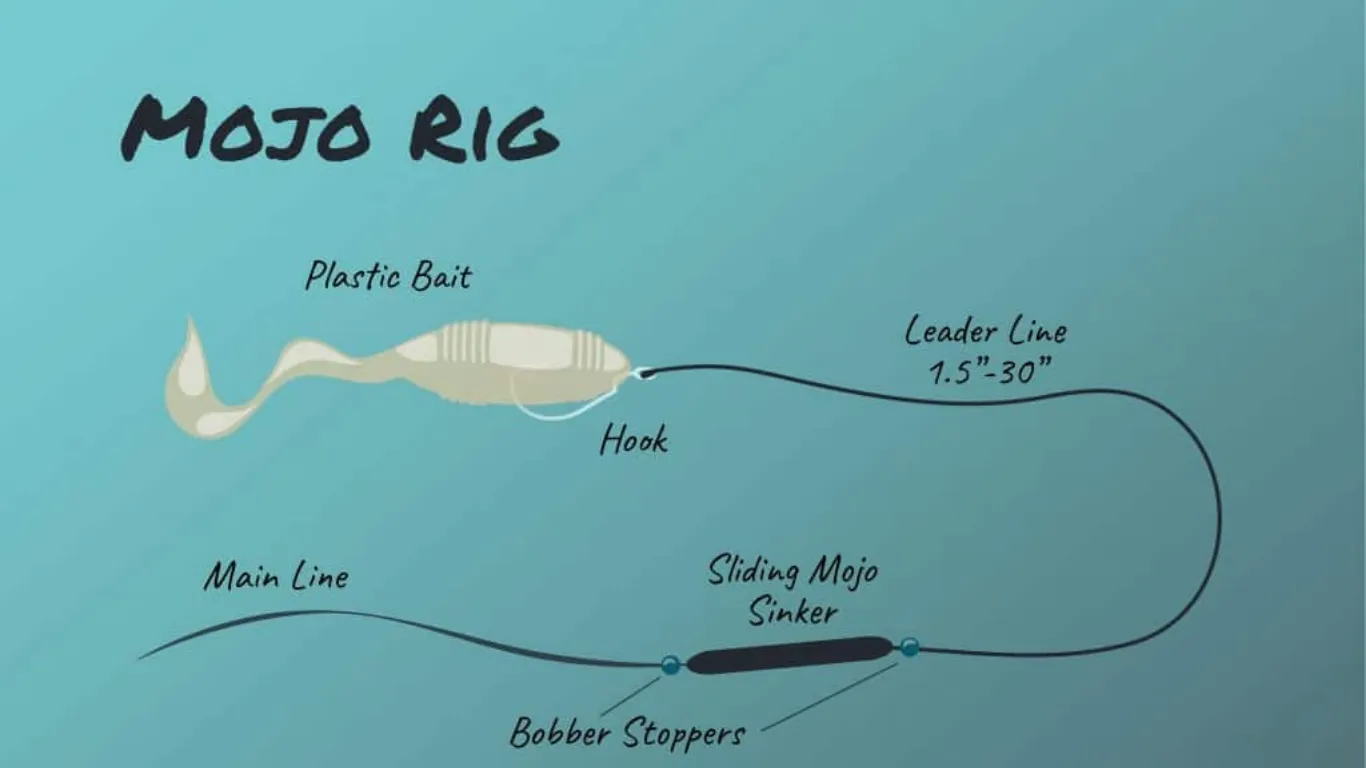
Essential Mojo Rig Components
Gathering the right components is your first step to success. Each part plays a critical role in the rig's performance.
-
The Weight: Mojo rigs use slender, cylindrical weights (often called Mojo-style weights). This shape helps them slip through sparse cover easily. Start with a light weight, like oz or oz, to achieve that signature slow fall.
-
Bobber Stoppers (The Secret Ingredient): This is the most crucial part! You will need two small rubber bobber stoppers (also called line stoppers or pegs). These will be used to fix the weight in place on your fishing line.
-
The Hook: A wide-gap hook is the standard choice. A or hook works perfectly for most finesse worms and creature baits. Selecting from the best hooks for bass fishing will ensure you don't lose a trophy fish to tackle failure.
-
The Soft Plastic Bait: This is what attracts the fish. Finesse worms, small creature baits, and craws are all excellent choices from the world of the best bass fishing lures. Natural colors like green pumpkin or watermelon seed are reliable in most water conditions.
How to Tie the Mojo Rig: A Step-by-Step Guide
Rigging the mojo is simple once you understand the role of the stoppers. Follow these steps carefully for a perfect setup.
Step 1: Thread the First Stopper
Slide your first bobber stopper onto your main fishing line. Move it up the line about two feet (around 60 cm) to give yourself room to work.
Step 2: Thread the Weight
Next, thread your Mojo-style weight onto the main line. It will slide down and stop at the first bobber stopper.
Step 3: Thread the Second Stopper
Now, thread your second bobber stopper onto the line. This stopper will go between the weight and your hook.
Step 4: Set Your Leader Length
Slide the weight and the two stoppers as a single unit along your line. Position them so the distance between the second stopper and the end of your line is about 18 to 24 inches (45-60 cm). This distance is your "leader" and allows the bait to move freely.
Step 5: Tie on the Hook
Tie your wide-gap hook to the end of the line using a strong, reliable knot. I always recommend the Palomar knot for its strength and ease of tying.
Step 6: Rig Your Bait
Thread your soft plastic bait onto the hook. The method is very similar to how to rig a texas rig for bass, ensuring it remains weedless as it moves through the water. Make sure the bait is straight on the hook to prevent it from spinning unnaturally. Your Mojo Rig is now ready to fish!
Optimal Gear: Rod, Reel, and Line Setup
Using the right bass fishing gear is essential for feeling the subtle bites that are common with this finesse technique.
Rod Selection
A medium-light to medium-power spinning rod is my go-to. Choose the best bass fishing rod for your budget that is 7 to 7.5 feet long with a fast or extra-fast tip. This setup provides the sensitivity to feel everything your bait is doing and detect the lightest takes from cautious bass.
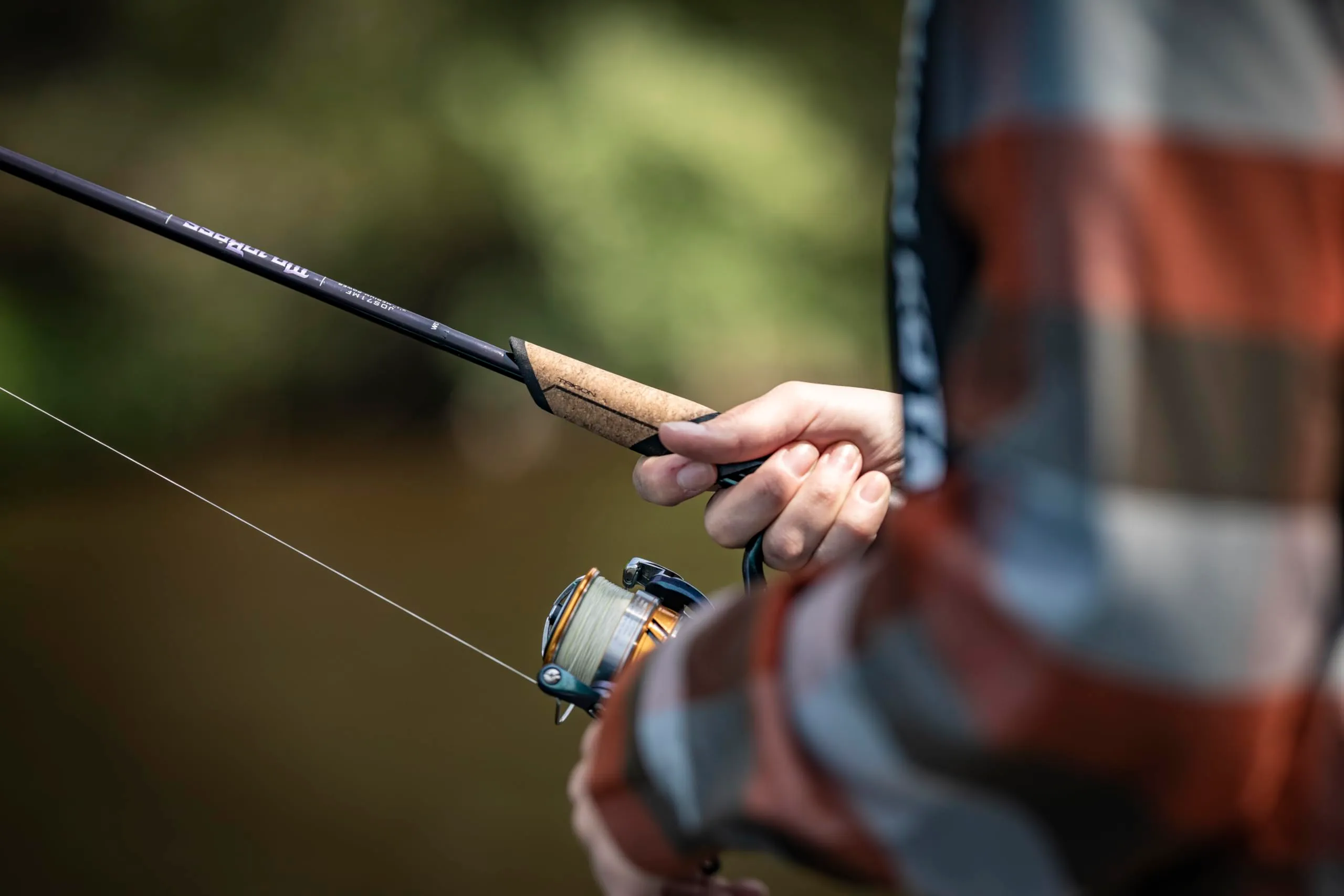
Reel Selection
Pair your rod with one of the best bass fishing spinning reels in the 2000 to 3000 size range. The most important feature is a smooth drag system. A smooth drag protects your light line from breaking when fighting a strong fish.
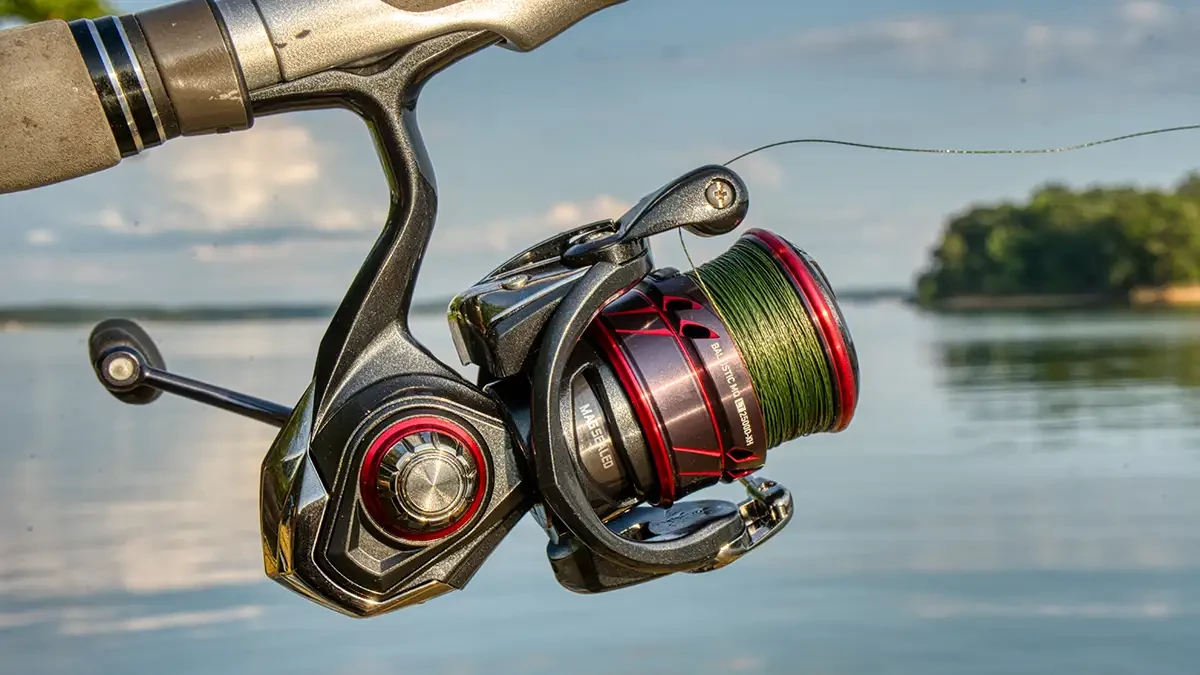
Line Selection
For your main line, I recommend a 4-8 lb fluorocarbon. It's widely considered the best fishing line for bass when using finesse techniques because it's nearly invisible underwater and offers excellent sensitivity.
Your bait choice can make all the difference. Here are my top performers.
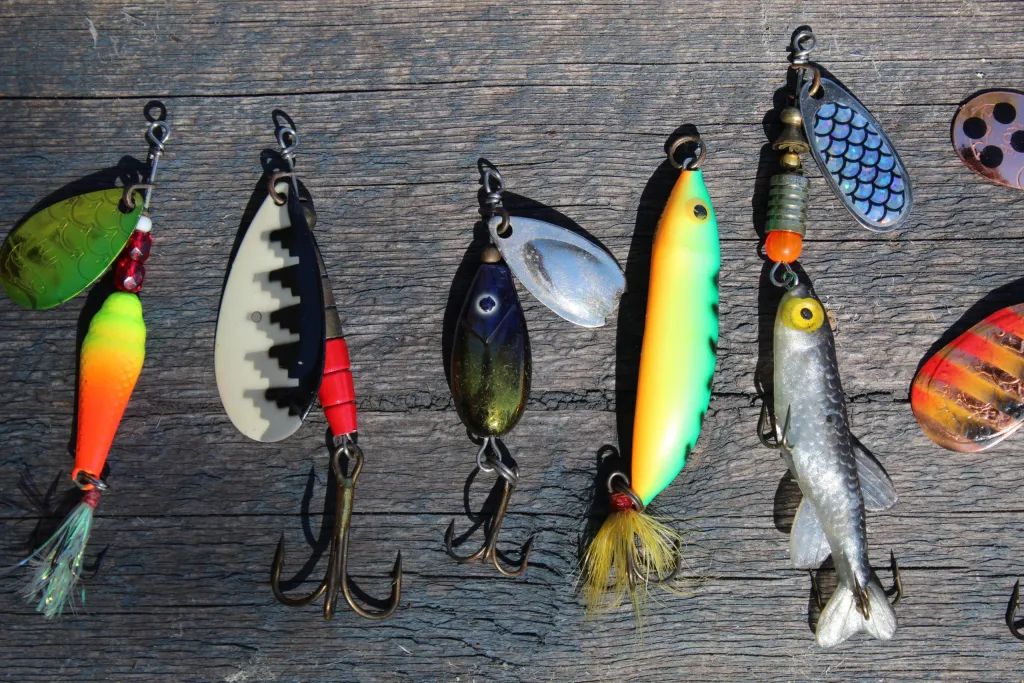
-
Finesse Worms: This is the classic choice. A 4 to 6-inch worm rigged on a Mojo rig has a subtle, tantalizing action that bass can't resist.
-
Creature Baits: When you need a slightly larger profile to tempt bigger bass, a compact creature bait is an excellent option. Its appendages create extra movement with minimal rod action.
-
Shad/Minnow Imitations: If bass are feeding on baitfish, a small, soft-plastic minnow imitation is deadly. While the Mojo Rig uses soft plastics, other finesse hard baits like spybaits for bass can also be effective when imitating baitfish.
-
Soft Craws: For dragging along the bottom near rocks or wood, a soft plastic crawfish is fantastic. It imitates a primary food source for bass and often triggers aggressive strikes.
Proven Fishing Techniques and Retrievals
How you retrieve the rig is just as important as how you tie it. These are fundamental bass fishing techniques that you can master.
The Slow Fall
This is the simplest yet most effective technique. Cast your rig out and let it sink on a semi-slack line. Many bites occur as the bait slowly drifts down through the water column. Be a line-watcher!
The Subtle Drag
Once the rig hits the bottom, slowly drag it across the floor. This method is highly effective, but it's just one of many ways to work a bait. Learning how to fish a ned rig in grass or a wacky rig will give you other bottom-contact presentations to try.
The Pop and Pause
To trigger a reaction strike, give the rod a gentle "pop" or two to make the bait jump off the bottom. Then, let it settle back down and pause for a few seconds. This change in movement can convince a hesitant bass to commit.
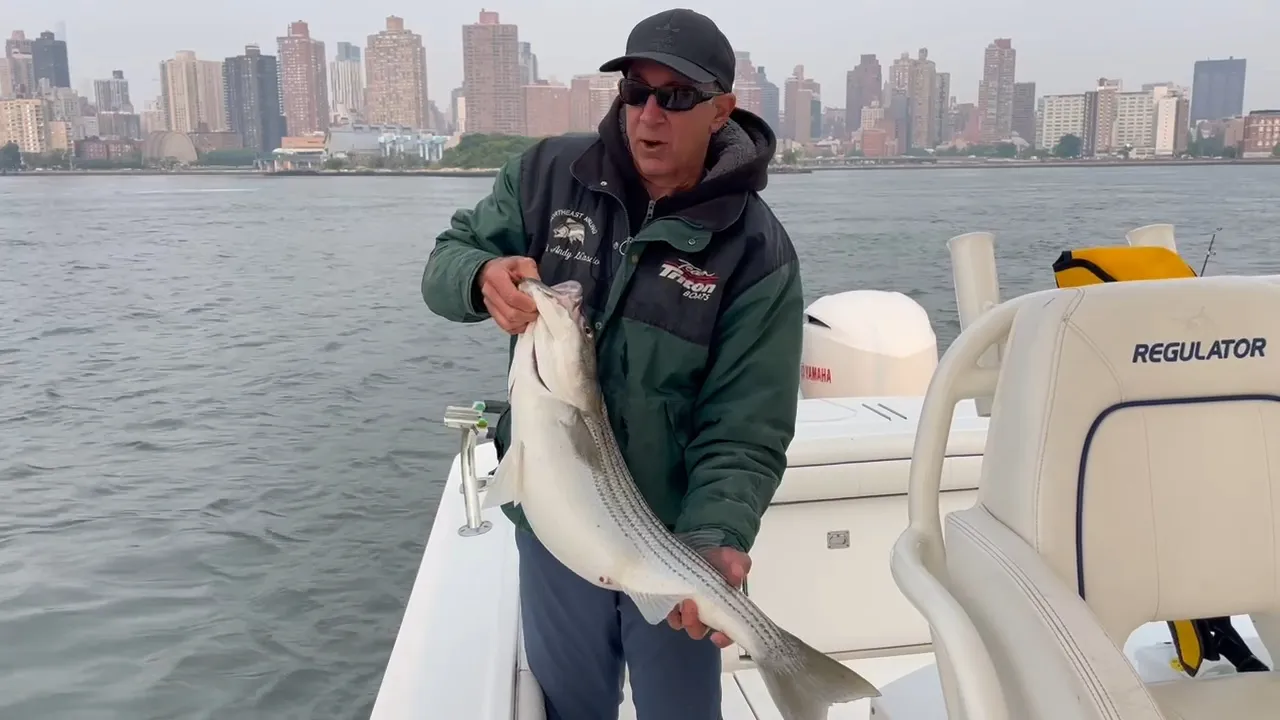
Mojo Rig vs. Carolina Rig vs. Texas Rig
It's crucial to know when to use the Mojo rig over other popular setups.
Mojo Rig vs. Carolina Rig
The key difference is the weight. On a Carolina rig, the weight slides freely above a swivel. On a Mojo rig, the weight is fixed in place by stoppers. This gives you more direct contact and control, a concept that is critical to understand in the broader Carolina rig vs Texas rig debate.
Mojo Rig vs. Texas Rig
On a Texas rig, the weight sits right against the bait. This is excellent for heavy cover. The Mojo rig's separated weight gives the bait a more natural action in open water. It joins a family of advanced finesse rigs, and serious anglers should also learn how to fish the free rig and the Tokyo rig fishing setup to be versatile.
FAQs
Conclusion
You now have all the knowledge you need to confidently tie and fish this incredible finesse setup. From understanding its unique components to mastering the subtle retrieves, the path to success is clear. Remember, the true power of the mojo rig lies in its subtlety and the slow, natural presentation it offers. Don't be afraid to experiment with different baits, weights, and retrieve speeds to find what the bass want on any given day. Get out on the water, put this guide into practice, and watch as you start turning those tough, high-pressure days into some of your most rewarding catches yet.
Aviv Nguyen is a passionate fisherman who loves sharing stories and tips from his fishing adventures. Whether it’s freshwater or sea, he finds joy in every cast and aims to inspire others to enjoy the great outdoors through fishing.
Share This Post With Friends

